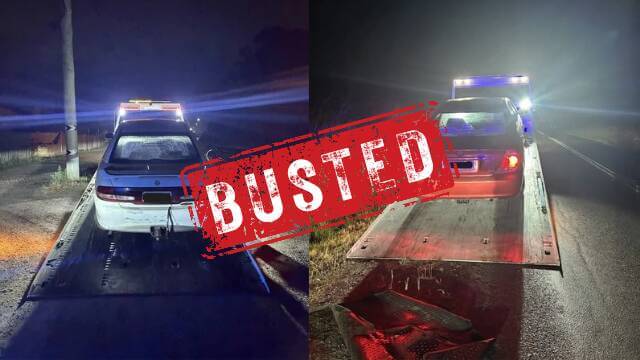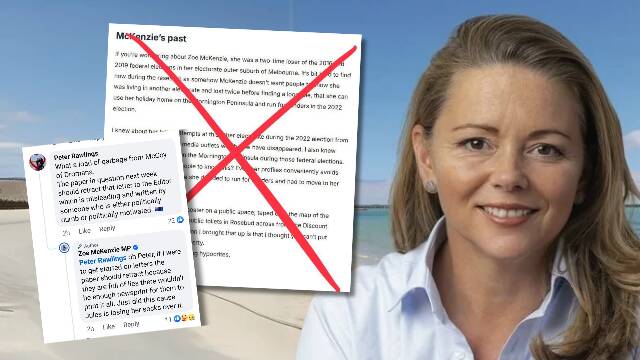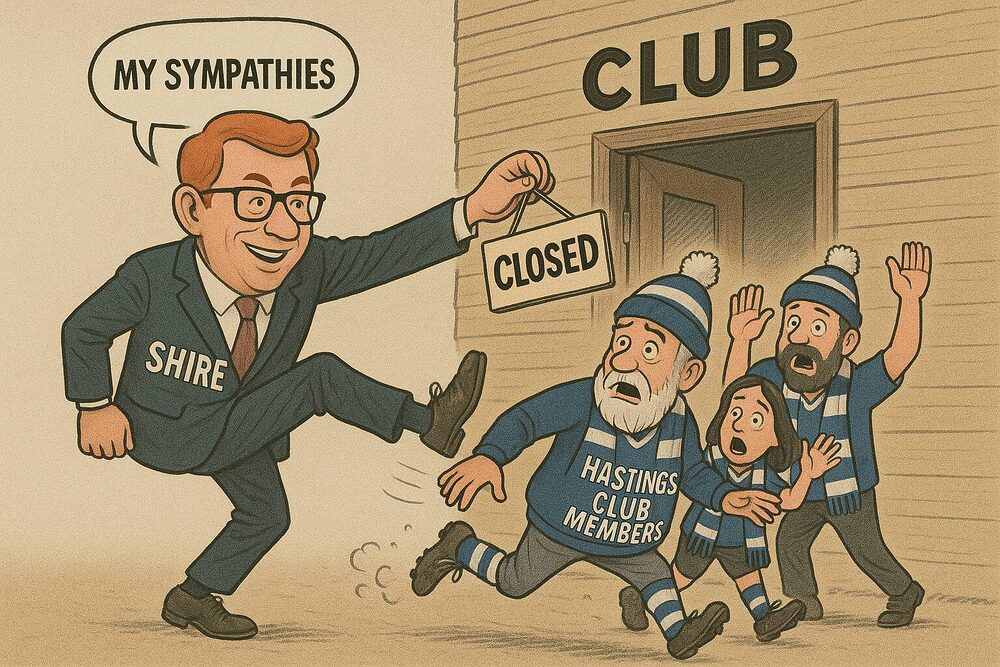RPP FM reports that authorities continue grappling with the consequences of last week’s devastating landslip in McCrae, new explanations are emerging about the causes behind the collapse that destroyed one luxury home, damaged two others, and forced the evacuation of 20 properties.
Residents have long voiced concerns about the topography of the McCrae escarpment, claiming signs of instability—such as fissures, potholes, and pooling water—were ignored. Calls for action date back several years, with warnings that the underground conditions could lead to disaster.
Coastal geomorphologist Professor David Kennedy explained to Channel Seven that the McCrae escarpment was originally part of an ancient seabed. Its structure comprises layers of rock and sediment with a less permeable surface layer, making it susceptible to water infiltration and slippage.
“So it’s really broken down into gravel and clay, so we’re looking at a situation where the material itself doesn’t really want to hang around on slopes, and it’s a really steep slope,”
Kennedy said.

Ongoing Efforts to Secure the Area
The SES remains in charge of the disaster site, but management is expected to transfer to the Mornington Peninsula Shire this week. Shire Mayor Anthony Marsh sought to reassure residents that stabilisation efforts are underway, but he acknowledged the uncertainty surrounding recovery.
“We need to make sure the community feel like the area is stable and safe to recover. It’s very unclear what that looks like at the moment though,”
Marsh said.
A Long Road Ahead
Experts have warned that a permanent solution for reinforcing the escarpment could take years rather than months. With up to 60 homes still under potential threat, residents face a prolonged period of uncertainty as engineering assessments and legal debates over responsibility continue.
Further updates will follow as investigations and stabilisation efforts progress.








